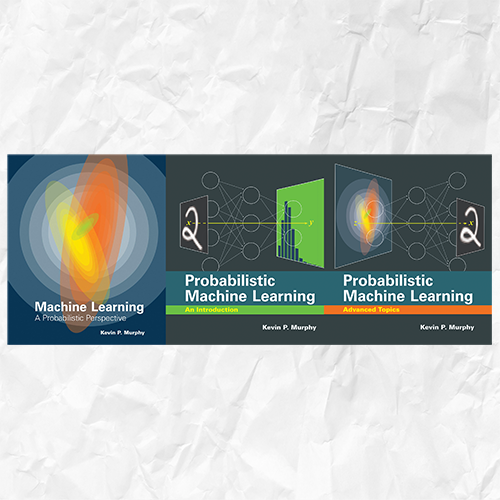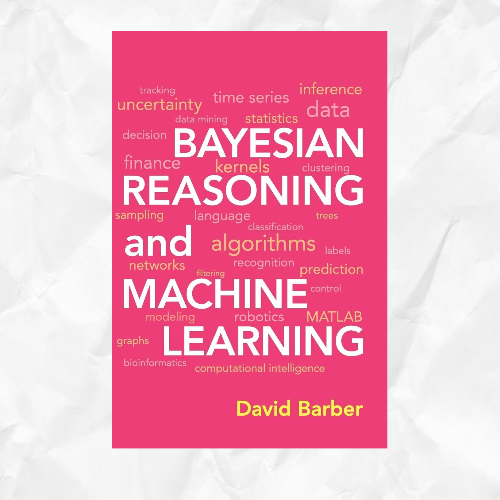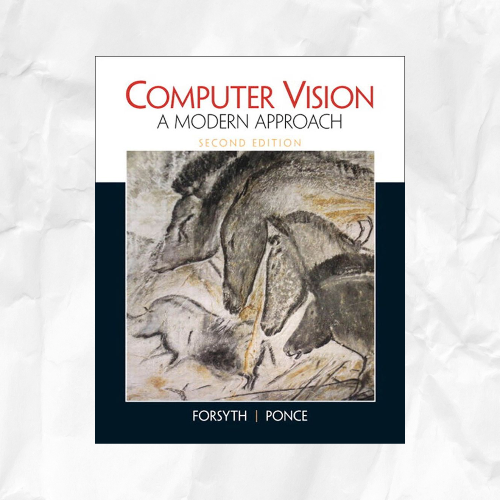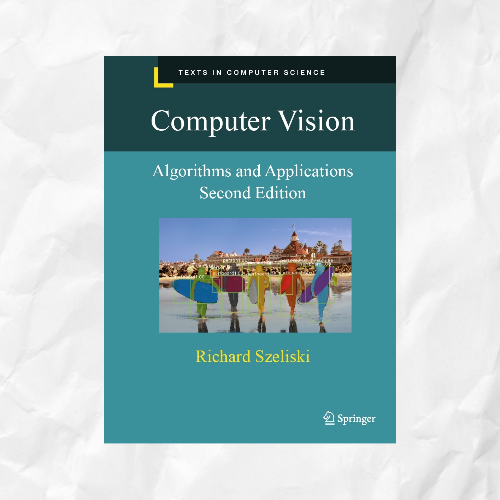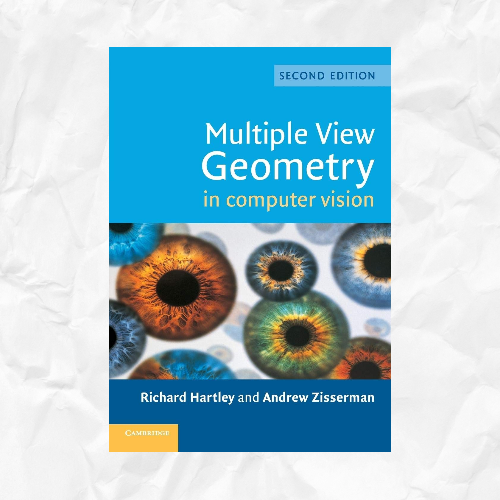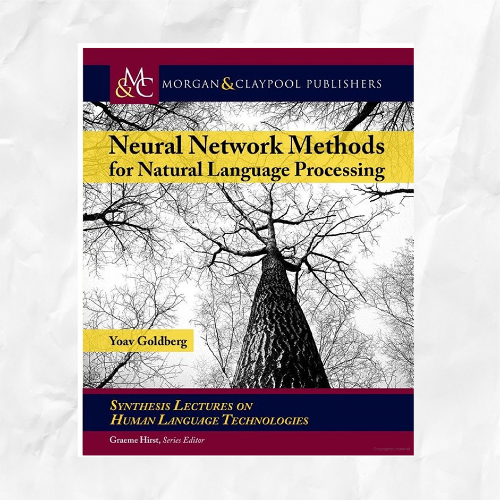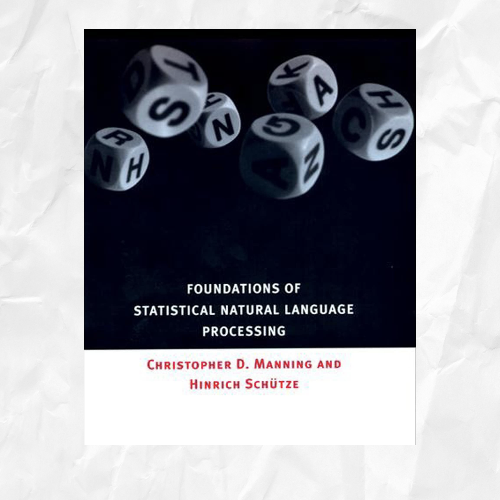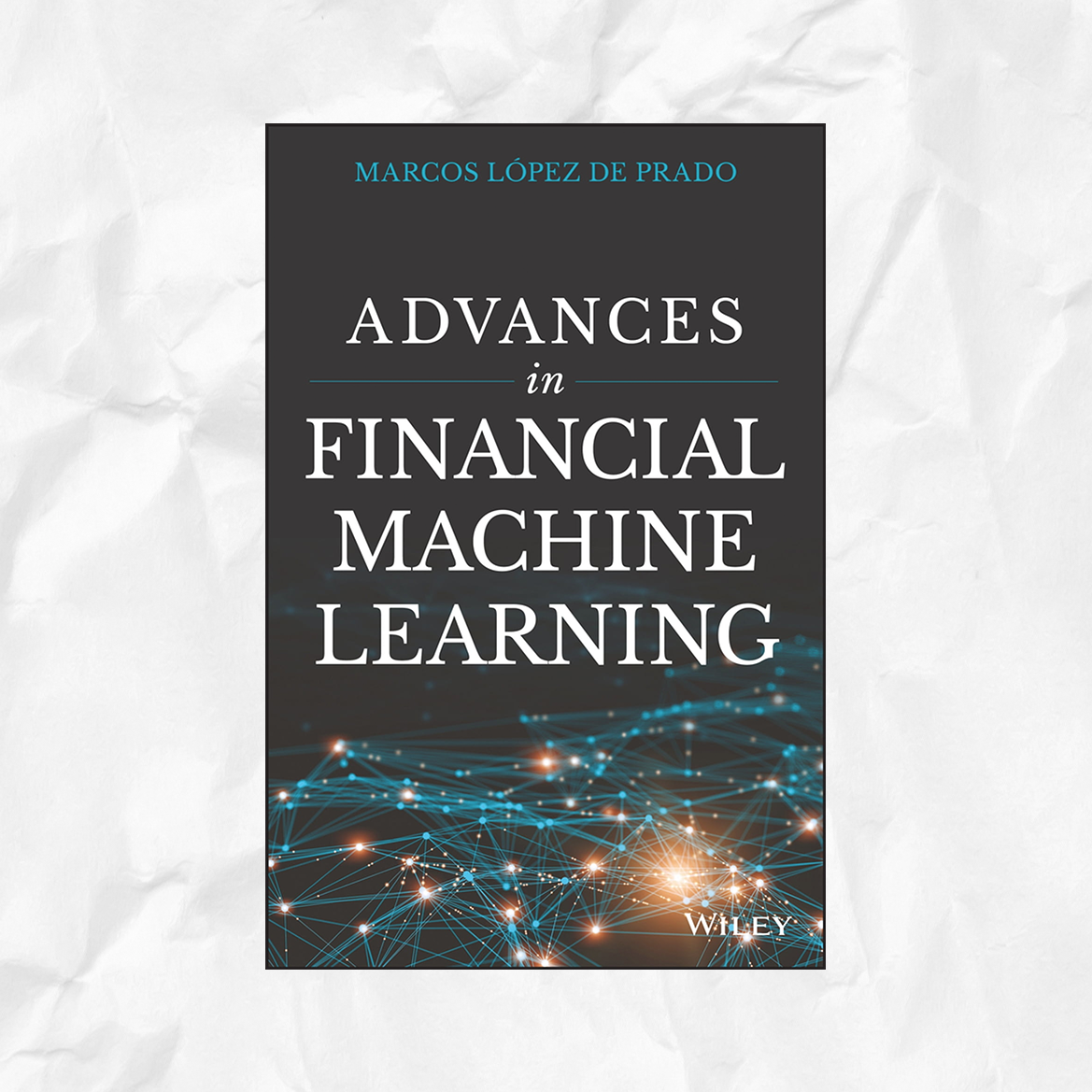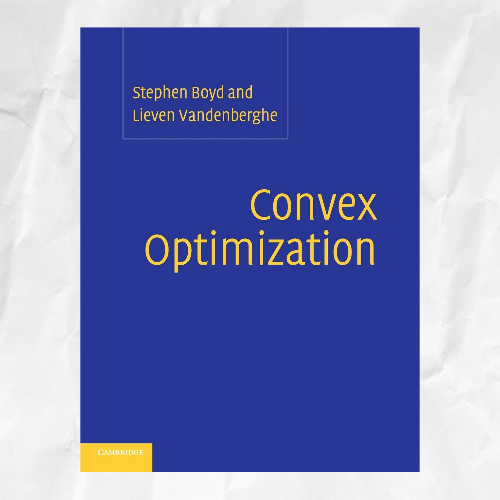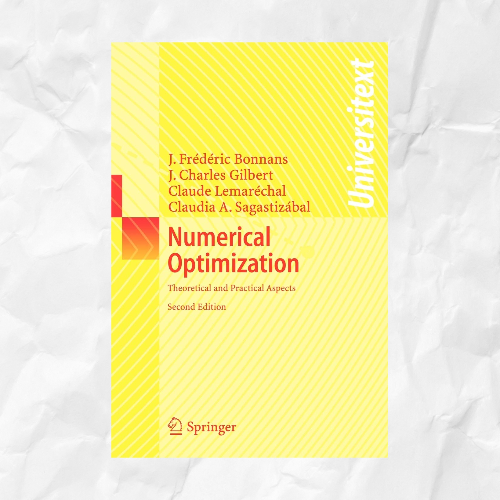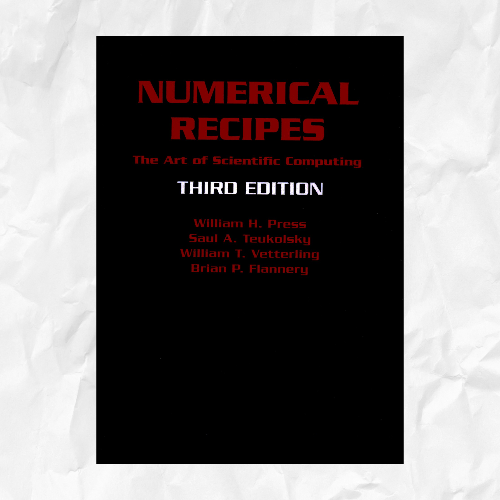Why does this page exist?
In the rapidly advancing field of Artificial Intelligence, it is common to observe high volume and pace of both scientific and non-scientific publications. It is overwhelming and I am often asked how to do.
However, it is fortunate that experienced scientists do take the time to write comprehensive books that provide valuable insights and surveys of the field. In addition to the concise format of publications at top AI conferences, it is beneficial to delve deeper into the mathematical and algorithmic complexities of plain books in order to both understand the shorter works and effectively utilize the various toolkits available online. It is in this context that I present a list of books that I find particularly noteworthy, along with some comments, for those readers who are eager to engage in the exciting AI adventure.
Since recently, I took the habit to ask questions to the
consensus.app and
hyperwrite.ai engines which are both LLM-powered in RAG mode with curated sources (
see explanations here).
I did not commented all the books I like so far yet. Indeed, it is difficult for me to comment books from people I admire. In a way that is valuable for the readers, I try to be relevant and straightfoward, so it takes me time.
What is a Data Scientist?
Short answer by Josh Wills in May 2012 on Twitter:
Data Scientist (n.): Person who is better at statistics than any software engineer and better at software engineering than any statistician.
I am Dr Warith Harchaoui and I have been fortunate to practice the Data Scientist job since summer of 2014 at Oscaro.com. Since then, I continue to learn every day, gathering great resources. For beginners, I strongly recommend the following:
- Kaggle’s micro-courses, which offer a few hours of hands-on experience in both Python and machine learning: Kaggle Learn.
- Introduction to Machine Learning with Python.
Back in the days when I was admin of the GPU servers of my Ph.D. lab, I maintained
this page to start programming in AI. Today, it is used by my clients beginning to embrace AI within their IT department.
For those who want to delve deeper on the academic side, I present several books that guide me throughout my career.
Pattern Recognition and Machine Learning
Christopher M. Bishop, 2006
This 738 pages top-notch textbook offers a complete overview of the fields of Pattern Recognition and Machine Learning. The “pattern recognition” part of the title reminds me how powerful it is for
engineers bulding things people do not understand yet called
engines literally. It might be too subjective to say but I really love that book (except the peculiar cover, otherwise it would be perfection!).
The mathematical background is not too heavy, and kindly refreshed to the readers when necessary.
Re-reading the various chapters consistently inspires me, thanks to their unique pedagogical approach that weaves back and forth between theory and practice.
Machine Learning: A Probabilistic Perspective
Kevin Murphy, 2012
These three books (of thousand pages each approximately) cover a wide range of topics in detail, including probability, optimization, linear algebra, for machine learning with particular attention for conditional random fields, L
1 sparisity regularization, and deep learning. People with mathematical backgrounds will find it a great reference, and it's also a good choice for self-study.
The attempt to unify traditional and more recent topics provides a valuable coherence and reflection for developing a culture. These books are not only about fundamentals but also about the state of the art. Ideally, an undergraduate a student considering a doctoral thesis should at least try to read the first volume “Machine Learning: A Probabilistic Perspective”: if it is not fascinating to the student, maybe he/she should not pursue a Ph.D. in Machine Learning.
It is written in an easy-to-understand style, with pseudo-code for the most important algorithms and plenty of examples from real-world fields like biology, text processing, computer vision, and robotics. Instead of just giving you a bunch of random tricks and techniques, the book takes a closer look to graphical models to tackle probabilistic modelling in a clear and concise way.
Bayesian Reasoning and Machine Learning
David Barber, 2012
This 735 pages book explains how established tools are used in a wide range of industrial applications spreading rapidly, including search engines, DNA sequencing, stock market analysis, and robot locomotion.
Beyond sterile discussions about “Bayesians vs. Frequentists” (
troll discussions equivalent to “emacs vs. vim” or “Linux vs. Windows” in Machine Learning), this book is the first I can think of about what “Bayesian Modelling” or “Graphical Models” actually mean. This hands-on text opens opportunities to computer science students with some taste for mathematics to go further.
This book narrates advancements in the field of machine learning and graphical models. Before reading this book, I did not understand the circles and arrows in articles claiming they were
graphical models. Now these drawings are much clearer to me and sometimes I do some myself. I can even say that what makes this book unique is the integration of multiple disciplines through the use of graphical models. In addition, the transition from traditional artificial intelligence to modern machine learning, executed with finesse, adds to the value of the book. It is written with clarity and, as such, should be accessible to a diverse audience, including those with varying levels of mathematical proficiency.
Computer Vision
Computer vision is an area of artificial intelligence that aims to replicate the capabilities of human vision by teaching computers to interpret and comprehend the visual environment in a similar way to humans. This field is applied to a variety of tasks, such as facial recognition, object detection, autonomous driving, and medical imaging.
Computer Vision: A Modern Approach, 2nd Edition
David Forsyth and Jean Ponce, 2011
This textbook (800 pages) has been written by two living legends in Computer Vision: David A. Forsyth and Jean Ponce. Here the main objective is to develop a scientific culture and strenghten mathematical reflexes for handling classic Computer Vision problems from image modelling to understanding human activity.
The book is particularly comprehensive about building image features, computational geometry, image preprocessing, segmentation and object recognition which gives insight beyond Computer Vision.
Computer Vision: Algorithms and Applications, 2nd Edition
Richard Szeliski, 2022
This 2
nd edition of the book (1212 pages) is pleasantly entertaining yet covering almost all important subjects in Computer Vision: Filtering, Recognition, Feature Matching, Image Alignment, Motion Estimation, Computational Photography, Robotic Vision, Depth Estimation (with 2 or even 1 photograph(s) of the same scene), 3D, Rendering...
I highly recommend this book for newcomers trying to dive in the field.
Multiple View Geometry in Computer Vision
Richard Hartley and Andrew Zisserman, 2004
The book (670 pages) covers the basic principles of Computer Vision, specifically in regards to understanding the structure of real world scenes and reconstructing them using geometric, algebraic and algorithmic principles. This is not only fundamental for 3D representations but also for understanding 2D perspective in images and videos. Being impregnated with the writing style of Richard Hartley and Andrew Zisserman is also valuable for being a researcher oneself.
Natural Language Processing
Natural Language Processing (NLP) allows computers to interpret and comprehend human language. This is achieved through the use of algorithms and software that analyze large amounts of data and extract the meaning of text, enabling computers to understand language in a similar way to humans. NLP is applied in various contexts, including search engine optimization, automatic summarization, sentiment analysis, and natural language generation.
Neural Network Methods in Natural Language Processing
Yoav Goldberg, 2017
This long article (76 pages) that we can combine with the associated longer
book (309 pages) is a pretty fine first-read of Natural Language Processing that finally works in practice! How numbers can express words and expressions of human beings? How to use the terrific idea of
embeddings even beyond NLP. How can we use the Deep Learning artillery to accomplish wonders since the seminal
word2vec approaches in the mid-2010s. The readers will appreciate the straightforward and clear explanations of the author.
Foundations of Statistical Natural Language Processing
Chris Manning and Hinrich Schütze, 1999
This 620 pages book is old but it summarizes very well all the good practices of non-deep Natural Language Processing. It is nicely written and a nice source of inspiration for even non-NLP-related problems especially for pre-processing data. One can recommend this book for understanding at least the problems at hand in recent publications such as part-of-speech tagging, context free grammars, topics extraction or information retrieval.



